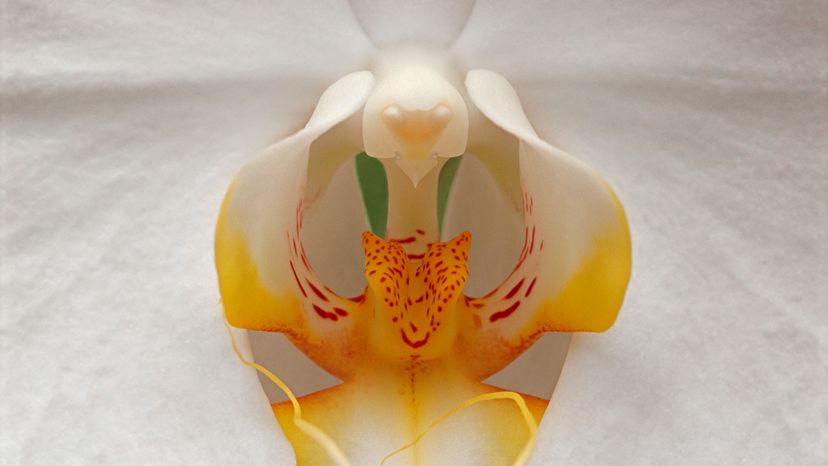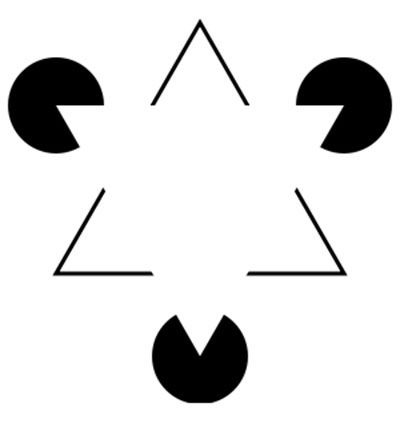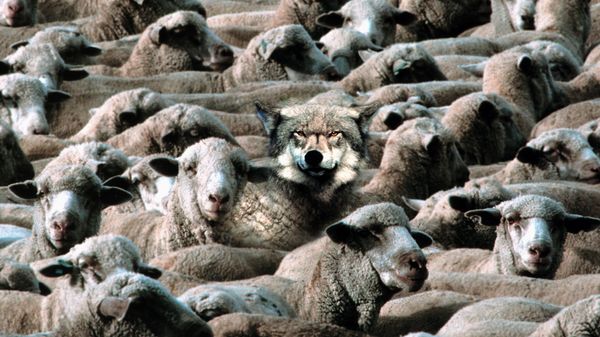
Key Takeaways
- Humans find symmetry pleasing due to its prevalence in nature and its association with health and efficiency, such as in starfish, honeycombs and snowflakes, where asymmetry often signals danger or illness.
- Symmetrical faces are considered more attractive in sexual attraction studies, possibly because physical symmetry is interpreted as an indicator of good health, though large-scale studies show no significant health differences based on facial symmetry.
- Too much symmetry can also be perceived as boring, with a balance between complexity and order being most aesthetically pleasing.
A pair of synchronized divers. The wings on a butterfly. The vaulted ceiling of a cathedral. These are some of the things that most people find visually very pleasing. But why? The answer has to do with symmetry.
Most objects in the real world are symmetrical. This is particularly true of nature: the radial symmetry of starfish or flower petals, the symmetrical efficiency of a hexagonal honeycomb, or the uniquely symmetrical crystal patterns of a snowflake. In fact asymmetry is often a sign of illness or danger in the natural world.
Advertisement
And, of course, human beings are symmetrical, at least on the outside (some internal organs like the heart and liver are off-center). Decades of research into sexual attraction have proven that both men and women find symmetrical faces sexier than asymmetrical ones. The leading explanation is that physical symmetry is an outward sign of good health, although large-scale studies have shown no significant health differences in people with symmetrical or asymmetrical faces. (Since severe physical asymmetries are strong indicators of genetic disorders, our brains might just be overreacting.)
The simple explanation for our attraction to symmetry is that it's familiar. Symmetrical objects and images play by the rules that our brains are programmed to recognize easily.

"I would claim that symmetry represents order, and we crave order in this strange universe we find ourselves in," writes physicist Alan Lightman in "The Accidental Universe: The World You Thought You Knew." "The search for symmetry, and the emotional pleasure we derive when we find it, must help us make sense of the world around us, just as we find satisfaction in the repetition of the seasons and the reliability of friendships. Symmetry is also economy. Symmetry is simplicity. Symmetry is elegance."
A more esoteric explanation for the satisfaction we feel at seeing a creatively symmetrical work of art, or a perfectly stacked display of soup cans in the grocery store, is that the "stuff" of our brains is inseparable from the "stuff" of nature. The neurons and synapses in our brain, and the processes by which they communicate, connect and conjure thoughts, evolved in parallel to the stars and the starfish. If nature is symmetrical, then so is our mind.
"The architecture of our brains was born from the same trial and error, the same energy principles, the same pure mathematics that happens in flowers and jellyfish and Higgs particles," writes Lightman.

Take a look at the image above. What do you see?
If you're lucky enough to have two functioning eyes and an undamaged brain, you'll say, "a bright white triangle on top of another triangle." But look closer and you'll discover that it's all an optical illusion -- there's no bright white triangle at all, just empty space surrounded by three Pac-Man look-alikes and some floating V's.
The visual trick, called the Kanizsa triangle, is so powerful that your brain fills in border lines separating the two triangles and makes the top one look brighter, even though the white spaces throughout the image are in fact the identical shade of white. Don't believe us? Cover up sections of the image with your hand and watch as the lines and color differences disappear.
So what the heck is happening?
"The brain doesn't like things that are accidental," says Mary Peterson, psychology professor and director of the Visual Perception Laboratory at the University of Arizona. "The brain creates that whiter-than-white triangle because it would be accidental that those three Pac-Men would be aligned in such a way if they were not being occluded by a white triangle."
The triangle illusion is a classic example of what's known as Gestalt psychology, named after an influential school of visual perception born in Germany in the 1920s. The famous (and famously mistranslated) Gestalt motto is: "The whole is other than the sum of its parts" (not "The whole is greater than the sum of its parts.") In other words, if our perception consisted only of adding up the details of an image, then we'd look at the above image and say, "I see three Pac-Men and some V's." But our brain is more than a calculator. It's primed to recognize signs of order in the "accidental" chaos, and to follow certain rules or shortcuts to make sense of the world.
Symmetry is one of those shortcuts. As Peterson explains, we either learn or are born with certain "priors" or shortcuts that help our brains quickly determine that we're looking at an object.
Johan Wagemans is an experimental psychologist from Belgium who specializes in visual perception and how our brains organize the constant incoming flow of information. He agrees that symmetry is not just a design principle of the outside world.
"You can also see symmetry as one of these major principles driving the self-organization of the brain," says Wagemans. "All these tendencies towards good organization and simple organization are also principles of symmetry in the dynamics of the brain itself."
But on the other hand, too much symmetry can be a tad boring. Wagemans found that while perfectly symmetrical designs are more pleasing to the brain, they're not necessarily more beautiful. Both art novices and experts prefer art that strikes an "optimal level of stimulation," says Wagemans. "Not too complex, not too simple, not too chaotic and not too orderly." Indeed, the Japanese have an aesthetic principle called fukinsei, which is all about creating balance in a composition, using asymmetry or irregularity.
Advertisement


